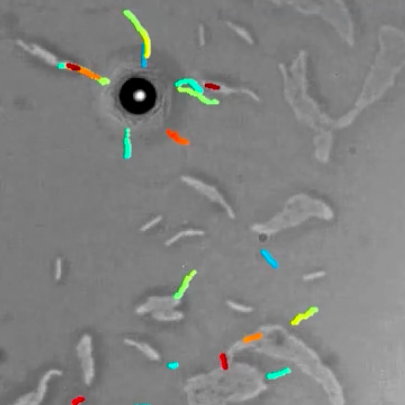
Natsuko Rivera-Yoshida
19 January 2023
16:30, Nexus
Physical environment contribute to both the robustness and the variation of developmental trajectories and, eventually, to the evolutionary transitions. But how? Myxococcus xanthus is a soil bacterium and is widely used as a biological model. In starvation conditions, cells move individually over the substrate into growing groups of cells which, eventually, organize into three-dimensional structures called fruiting bodies. Commonly, this developmental process is studied using standard experimental protocols that employ homogeneous and flat agar substrates, without considering ecologically relevant variables. However M. Xanthus has shown to drastically alter its development when modifying variables such as the substrate topography or stiffness. This modifications occur with trait and scale specificity, at the level of individual cells, large group of cells, fruiting bodies and also at the population scale. We use experimental and analytical tools to study how multicellular organization is altered at different spatial scales and developmental moments.